









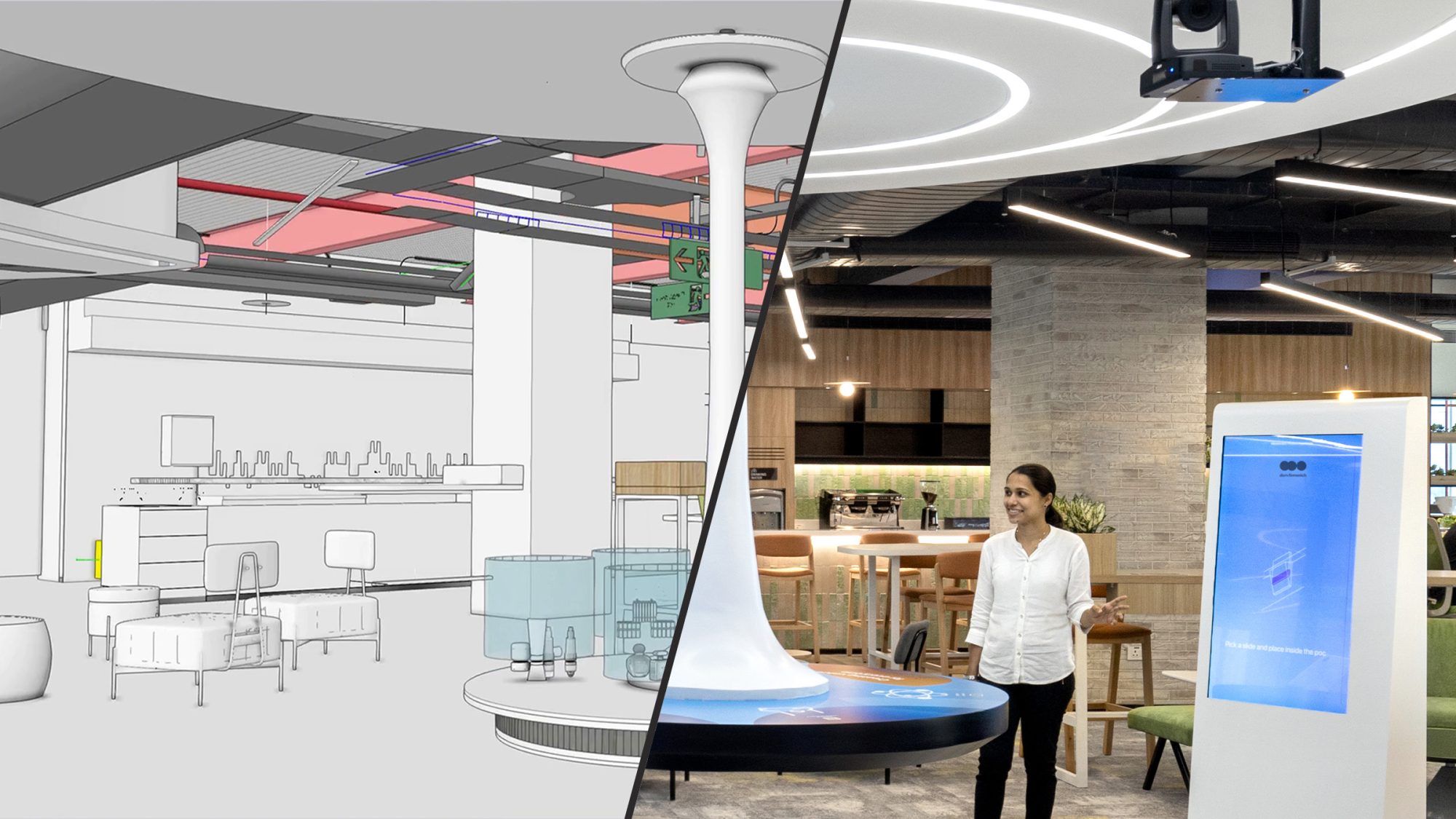
Fuelled by a thriving economy and heightened demand for office spaces, the corporate real estate landscape in India is undergoing rapid growth and transformation. Virtual Design and Construction (VDC) – a type of technology that creates digital models of buildings and project sites – is at the forefront of reshaping traditional project planning, development, and execution. This digital revolution isn’t just bringing forward a shift in construction practices, but it signifies a comprehensive industry paradigm transformation.
In this article, we will delve deeper into the challenges and opportunities presented by digital tools in the construction industry within India and demonstrate the tangible benefits of exploring this technology.
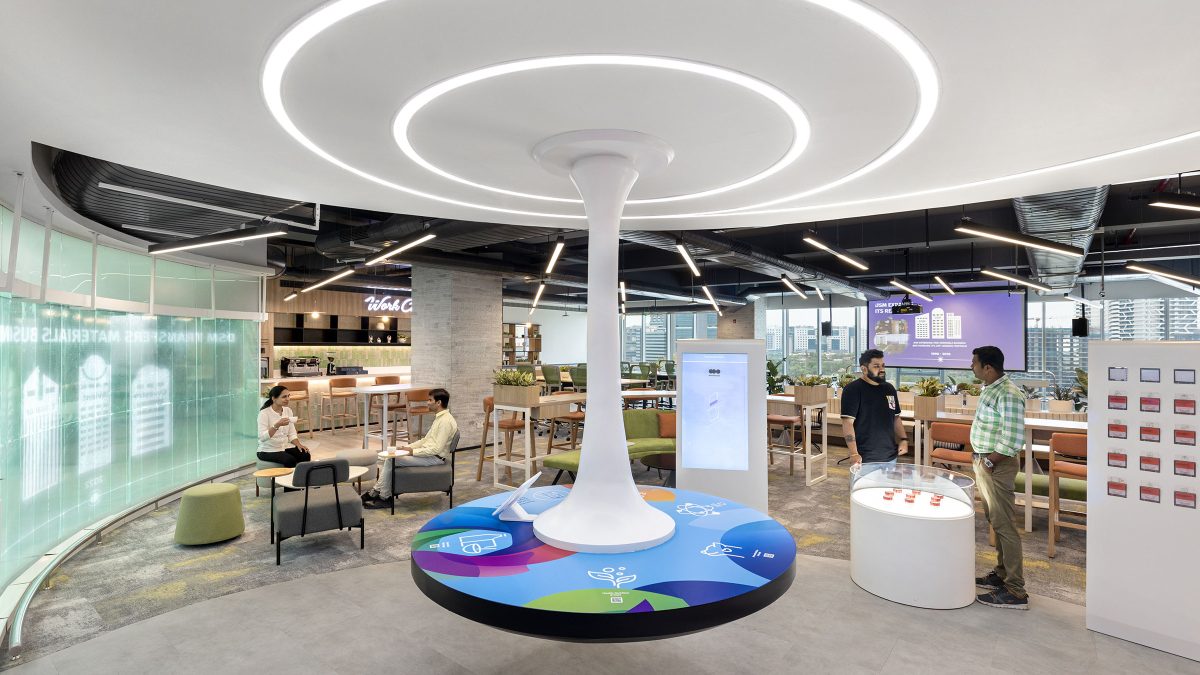
As India’s economy continues to expand, the demand for office space is set to grow significantly. It is estimated to reach an output equivalent to $473 billion dollars by 2047.
In 2022, the top 8 Indian cities recorded a significant office transaction volume of 52 million sq ft. Key factors contributing to this include the growth of the IT sector, as well as the rise of flexible and co-working spaces. Government policies have fostered a thriving start-up ecosystem that further bolsters the office real estate sector.
The stock of office real estate in India has expanded substantially, from 278 million sq ft in 2008 to 898 million sq ft. This growth extends beyond Tier 1 cities, with Tier 2 and 3 cities also witnessing increasing demand. This has been driven by business expansion, cost advantages, infrastructure development and the availability of skilled talent.
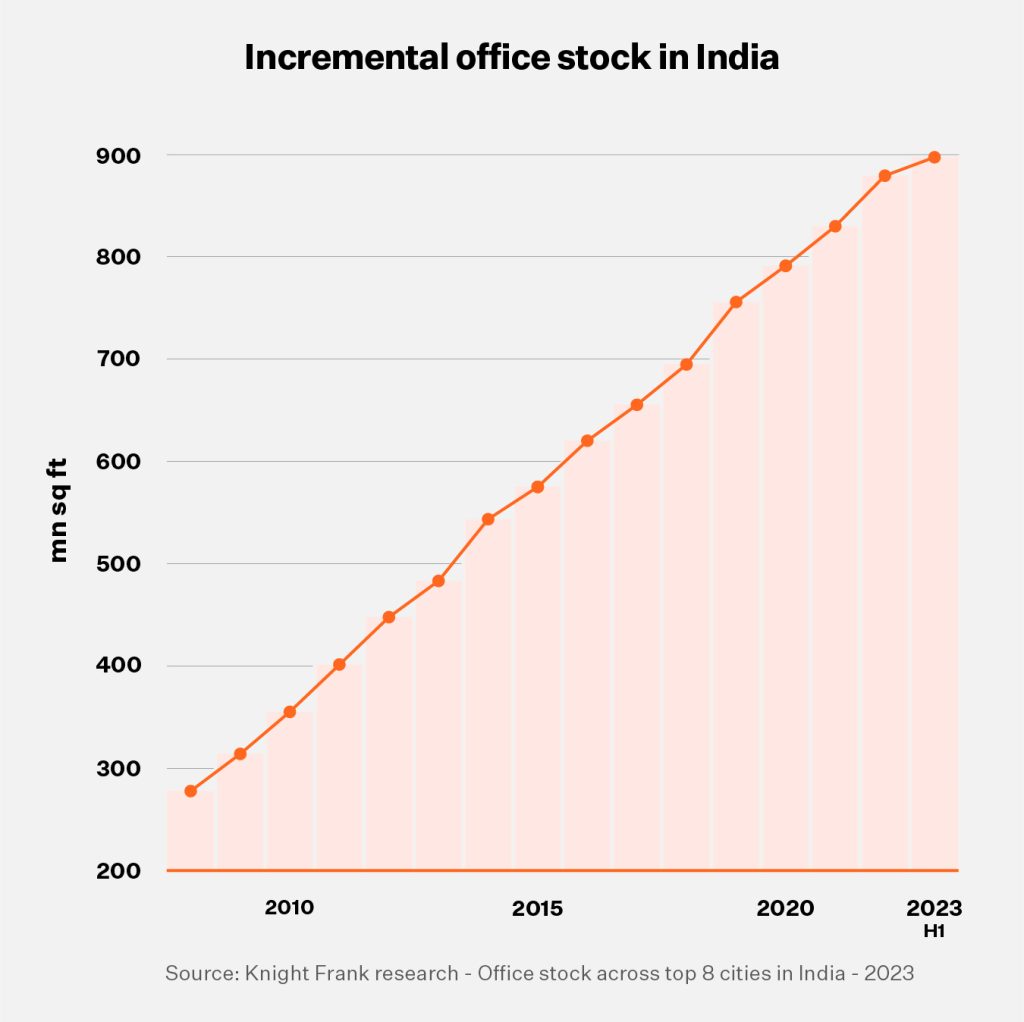
In the dynamic landscape of corporate real estate, the promise of VDC solutions is immense. However, it’s essential to acknowledge and tackle the challenges standing in its path. From skill gaps in traditional methodologies to infrastructure issues – strategic planning, proactive training and a culture of innovation are imperative to navigate these hurdles successfully.
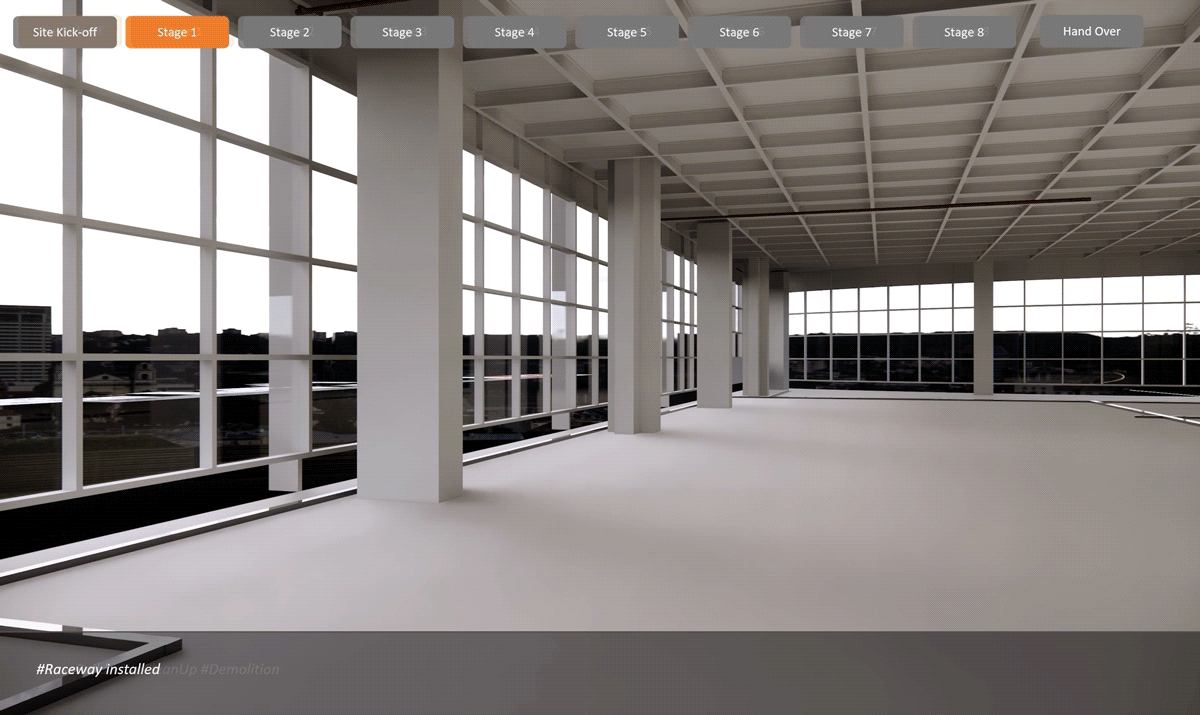
1. Resource and budget constraint: VDC mitigates project expenditure unpredictability and resource demands by enabling precise planning and simulation. This allows for early, detailed analyses of resource needs and budget limits, identifying inefficiencies and preventing waste to ensure projects stay within budget.
2. Integrating sustainability with aesthetic design: Creating spaces that are both environmentally sustainable and aesthetically appealing demands a delicate balance between form and function. VDC facilitates the integration of environmentally conscious solutions from the outset of a project. This enables the assessment of materials, energy usage and environmental impact alongside visual and architectural elements.
3. Skills enhancement and agility: The rapid pace of change in construction technologies and project requirements calls for agility and effective collaboration. By offering immersive simulations that mirror real-world scenarios, technology unlocks adaptive project management. This accelerates the mastery of new technologies while enabling teams to adjust quickly to changes, ensuring projects are both efficient and in step with future innovations.
4. Multidisciplinary collaboration: Communication barriers and isolated data pools often challenge the seamless collaboration required in construction projects. By deploying VDC, teams gain access to a unified platform that supports efficient information exchange and communication. Ensuring real-time updates and collective access to project models and documents, stakeholders can work cohesively, minimise misunderstandings and reduce mistakes.

VDC is a compelling solution for those looking to:
• Create dynamic workspaces
• Streamline the integration of technology and aesthetics
• Enable collaborative visioning
• Support resource efficiency
• Strengthen cost predictability
• Deliver eco-conscious designs
• Bolster skill enhancement and more.
1. Analysing existing conditions and providing strategic due diligence
By integrating digital tools, we can capture intricate details of spaces, ensuring architects and engineers have an accurate canvas to work on. This eliminates ambiguities and promotes informed decision-making right from the design inception.
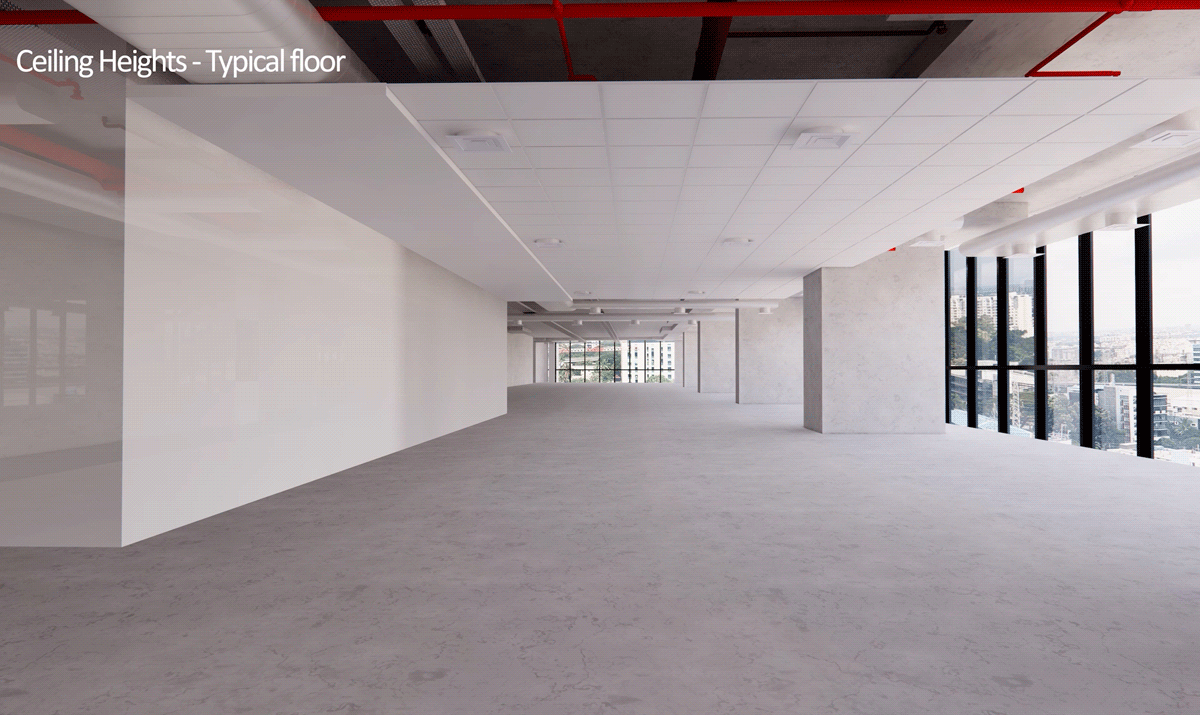
2. Optimising virtual design and planning
3D modeling software facilitates seamless early-stage collaboration. The capability to visualise ideas in real-time establishes trust and encourages open communication.
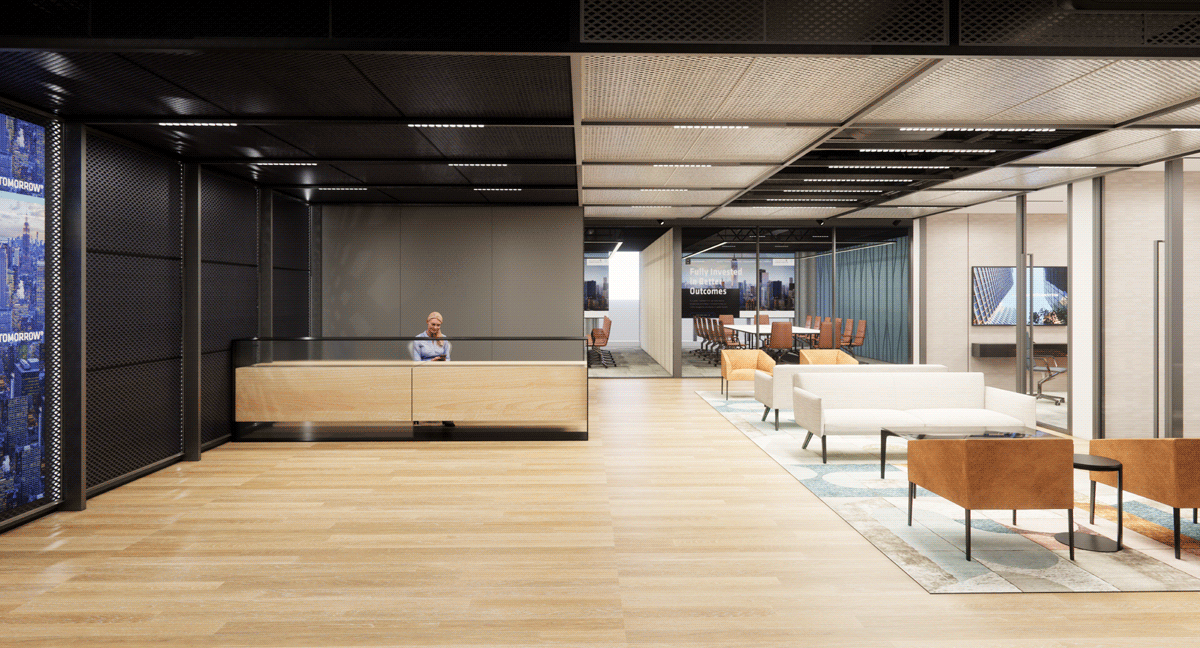
3. Streamlining digital coordination and resolution
Cloud-based common data environment (CDE) and collaboration platforms can support impeccable coordination among architects, engineers, and contractors. This digital confluence ensures precision and reduces errors, streamlining workflows and timelines.
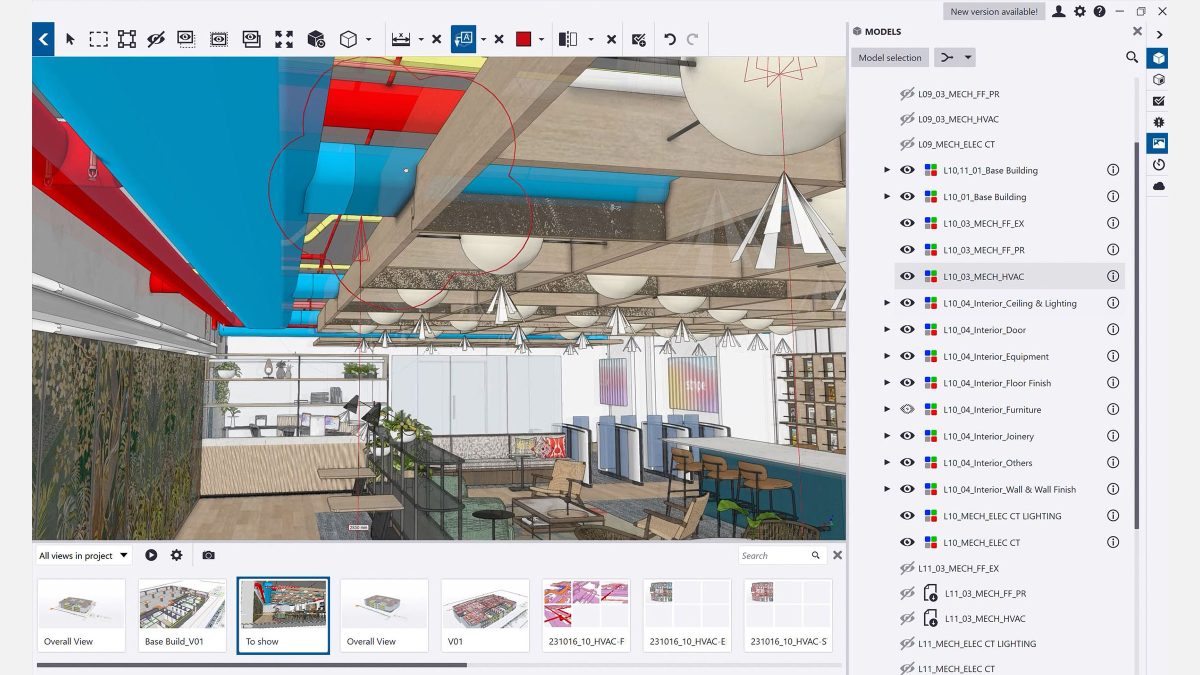
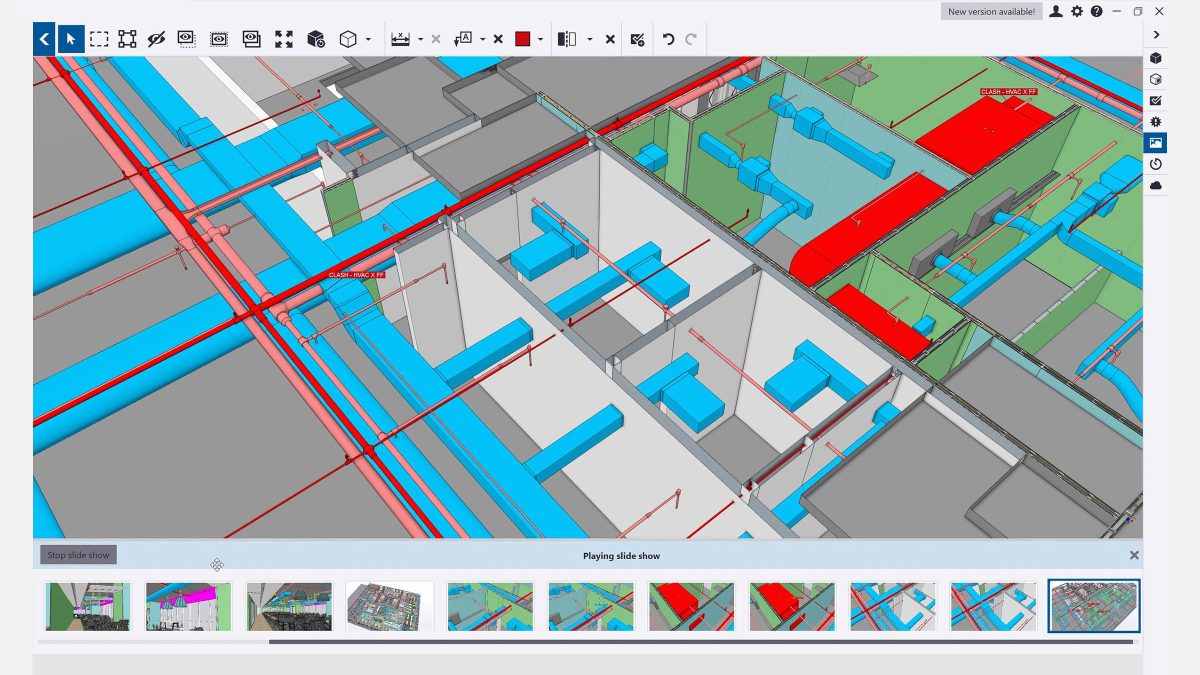
4. Enabling digital site monitoring
With technologies like 360° jobsite photo documentation and AI-powered analytics, stakeholders can remotely monitor project progress. This real-time visual documentation ensures efficient communication, supporting transparency to help mitigate delays.
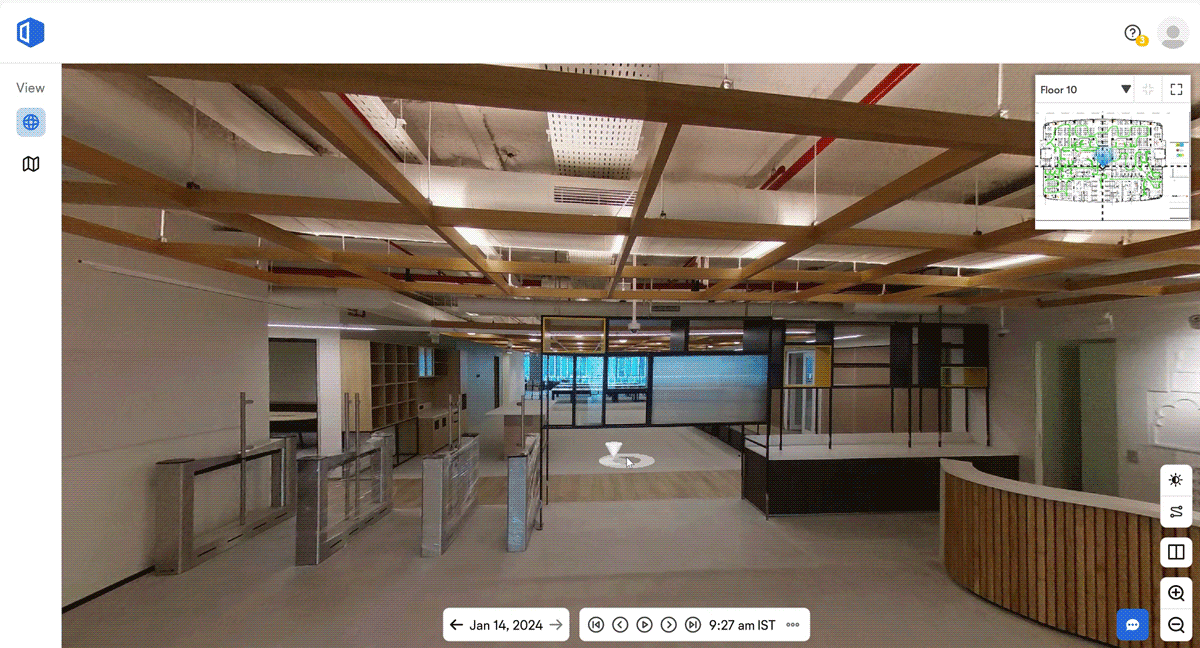
By continuously exploring and leveraging advanced digital tools, we enable the development of smart, responsive environments tailored to employee behaviours and space utilisation data. Digital twins, generative AI and other technologies are key to M Moser’s approach to projects.
Such methodology enables us to continually enhance project management precision and foster innovative solutions – from supporting stakeholders to conduct simulations to refining operational efficiency. Furthermore, AI-driven predictive analysis and real-time adaptations enhance design effectiveness and environmental conditions, optimising workplace comfort and productivity.
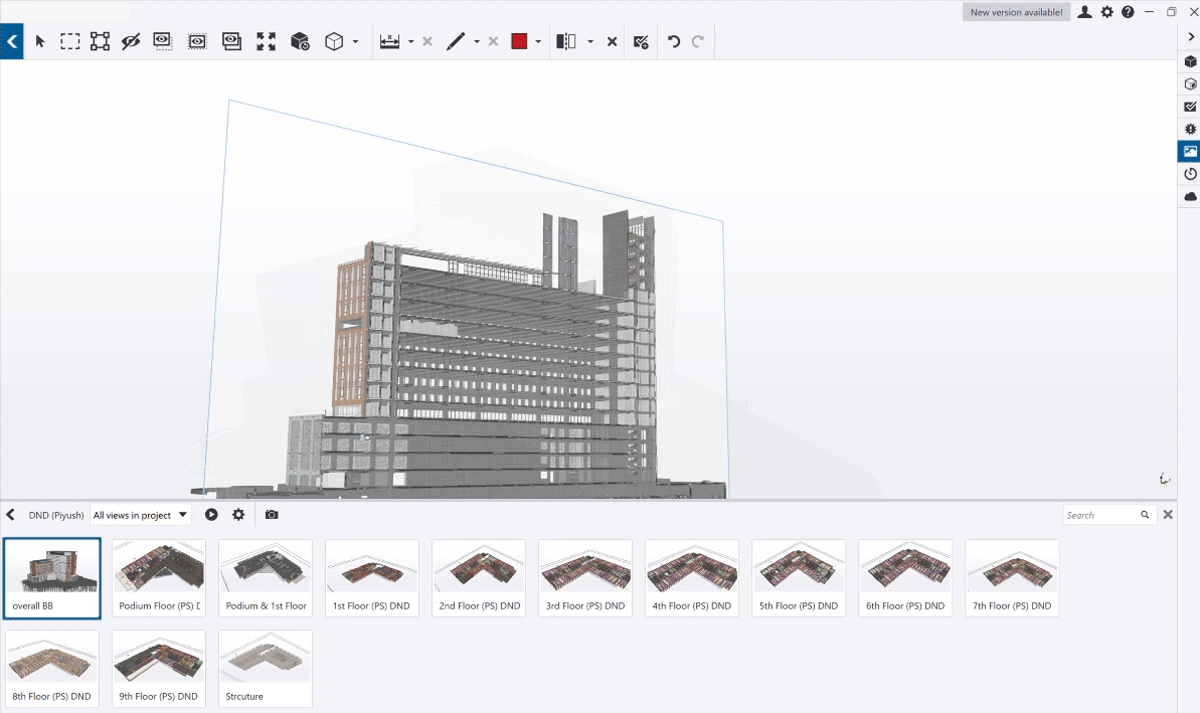
Nowadays, leveraging advanced technology is crucial for the accuracy, efficiency and realisation of projects. It offers a unique lens through which we can deeply understand and anticipate our clients’ needs, delivering substantial benefits in budget management, timelines and cost reduction.
For further insights into how our strategic use of technology can benefit your project, reach out to our team of experts.
Associate Director